The following text was published in French on the 20th of September in the online Journal, Libération, in France, under the original title of «Migrer, une condition d’existence du vivant» .The paper was presented in the “Brassages planétaires” conference, organized between the 1st and the 8th of August 2018 in the Centre Culturel International de Cerisy-la-Salle (CCIC). The paper was co-authored by Gilles Clément (gardener) , Emanuele Coccia (philosopher), Antoine Kremer (geneticist), Jacques Tassin (agronomist and ecologist), Sébastien Thiéry (political scientist)
Biologists, ecologists, geneticists and palaeontologists agree on one point: animals and plants respond to environmental changes by adapting or adjusting the spatial distribution of their populations. Such adjustment, operated by a juvenile fraction suitable for dispersion, comes from an often imperceptible and continuous migration, sometimes sudden, that reshapes live maps, transgressing borders and mixing populations. In this sense, biological invasions have always been an opportunity to maintain life in the face of deadly sedentary lives. Migrations are a condition of existence. Evolution itself is a form of migration of the living, in search of new forms and functionalities, better anchored in a world that is always recomposed.

Is this primordial truth valid for humans as well? Biology is not politics, and the analogy with current human migrations is tricky. These are rarely triggered by a gradual degradation of usual habitats, but mostly by disasters that make them unlivable. People that are constrained to migrate, in search of better living conditions, do not go to familiar familiar spaces but to the elsewhere and the unknown of possibly better worlds. To be exact, there can be no comparison to animals and plants which, like frogs and oaks, for example, during the last ice ages, have impecably followed the shifts of their environments.
There is more to it than an analogy between movements operating in non-humans and humans. In particular, there is the promise of a richness in the redesign of our view of “migrants”, a term that is so reductive. There is no such thing as a living migrant species, nor is there a migrant human population per se. Every living migration is only the temporal expression of a contingency. To think of it as autonomous would be precisely to make it an abstraction, or even to assimilate certain abused peoples to wearers of lifejackets. Behind the term migrant, there is nothing. Behind the man whom the term designates, there is a crossing of the world. And behind all the jungle, whatever the object this term refers to, there is the very emergence of a world in the making.

Wildebeests, Kenya
Moving beyond its definition, migration has several other implications. It becomes a question of the environments humans leave, the ones that human discover and reshape, of confrontations between populations, and hostile or welcoming circumstances. It is a matter of contexts and nuances that breed the anxious idea of potential large-scale replacement or even the possible annihilation of our foundation. It is also a question of new wealth, of recombinations, of joint forces generating plans of recomposition. There are only becomings, wrote Jean Borreil in La raison nomade. They are the ones to see.
The world we see today is a vast Creole garden whose ripe fruits we can already enjoy. We can try to delay the advent, to hide its manifestations, to silence the suffering it covers. We can also fuel shock and astoundment, fetishize our borders, squirm in identities that contradict our multiple states of existence, and yield to contemporary ideological dictatorships which pose a serious threat to the world;s existence. On the other hand, we can, in the face of an unstoppable constitutive movement of the living, accompany the current transformations in favor of a world livable for all. In plants and animals, the assisted migration of less mobile species and the enrichment of local diversity are already being undertaken to facilitate the adaptation of living organisms to a future that climate change makes uncertain.
To think about human migrations is also to think about the accompaniment of the living.

Human migrations require a surpassing (overtaking) of one’s self, both in the case of those ones who embark into the unknown as well as in the case of those who see the unknown run aground on their shores. The joyful experiences of our fellow citizens who welcome “migrants” are also a result of the self’s overtaking, surpassing. It is neither prudent nor fruitful to take the very thread of life backwards.
Migrations invite us to rethink and rebuild our world beyond all indignation, and to make it communal, without doing so individualistically, that is to say, without yielding to any hegemony of fear. What we are afraid of today is only the most mundane mechanism in the history of the planet and its inhabitants. It is now important to reintroduce the past into our future, as well as the future in our past. With climate change, the shift of the environments that operated in the past is replayed before our eyes: it will carry plants, animals and Homo sapiens indiscriminately.

Translation from French/Spanish : Mr . Worldling
Links to photo galleries:
https://edition.cnn.com/2015/09/03/world/gallery/europes-refugee-crisis/index.html
https://www.hankermag.com/animals-migration-photography/

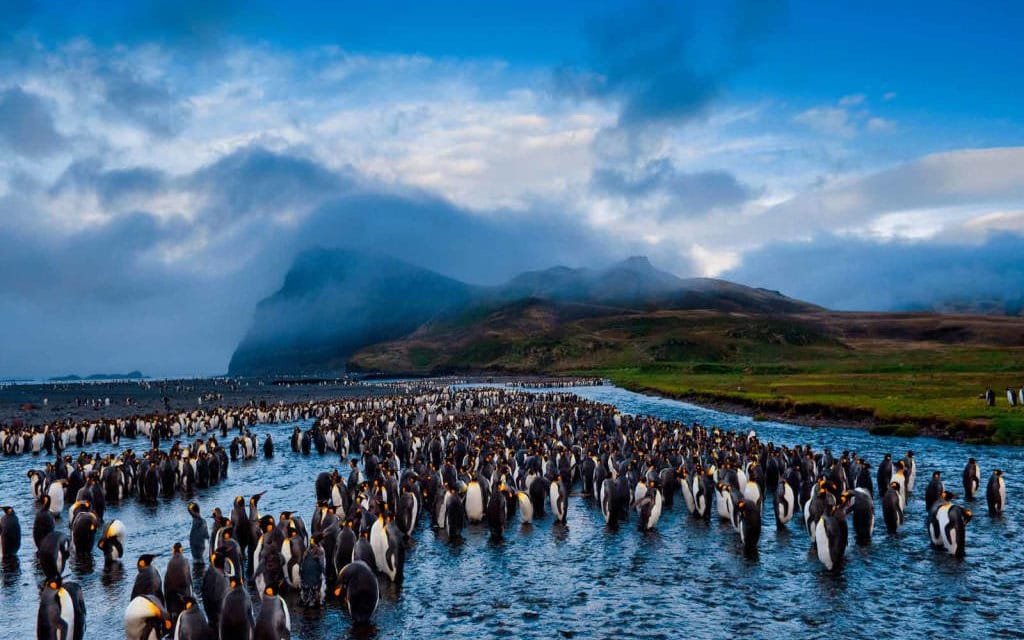
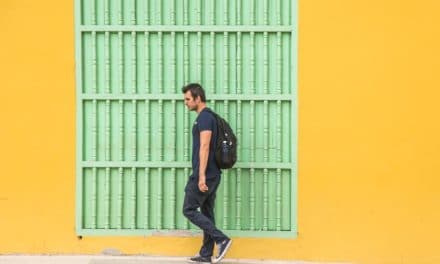
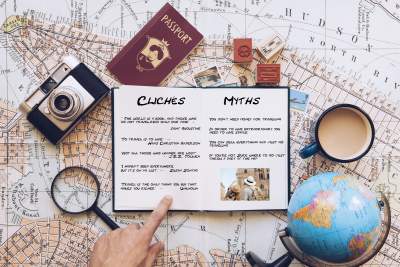

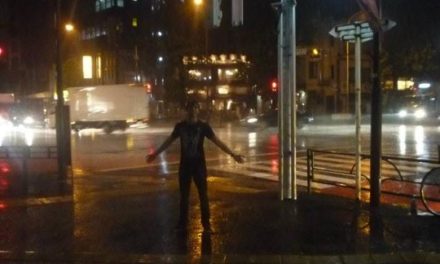
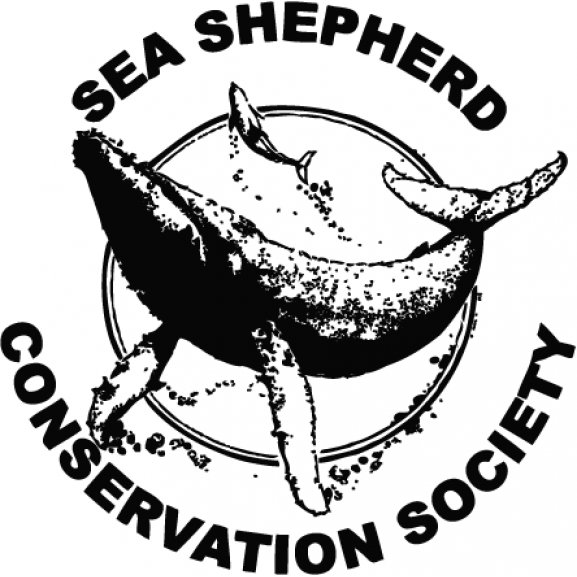

This is really informative. Pictures are great dear. I wish I could write like you. And I look forward to your writing. Your writing inspires me.